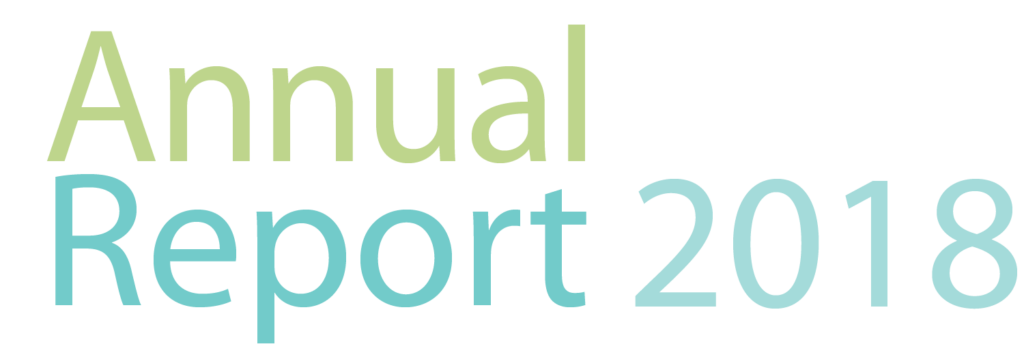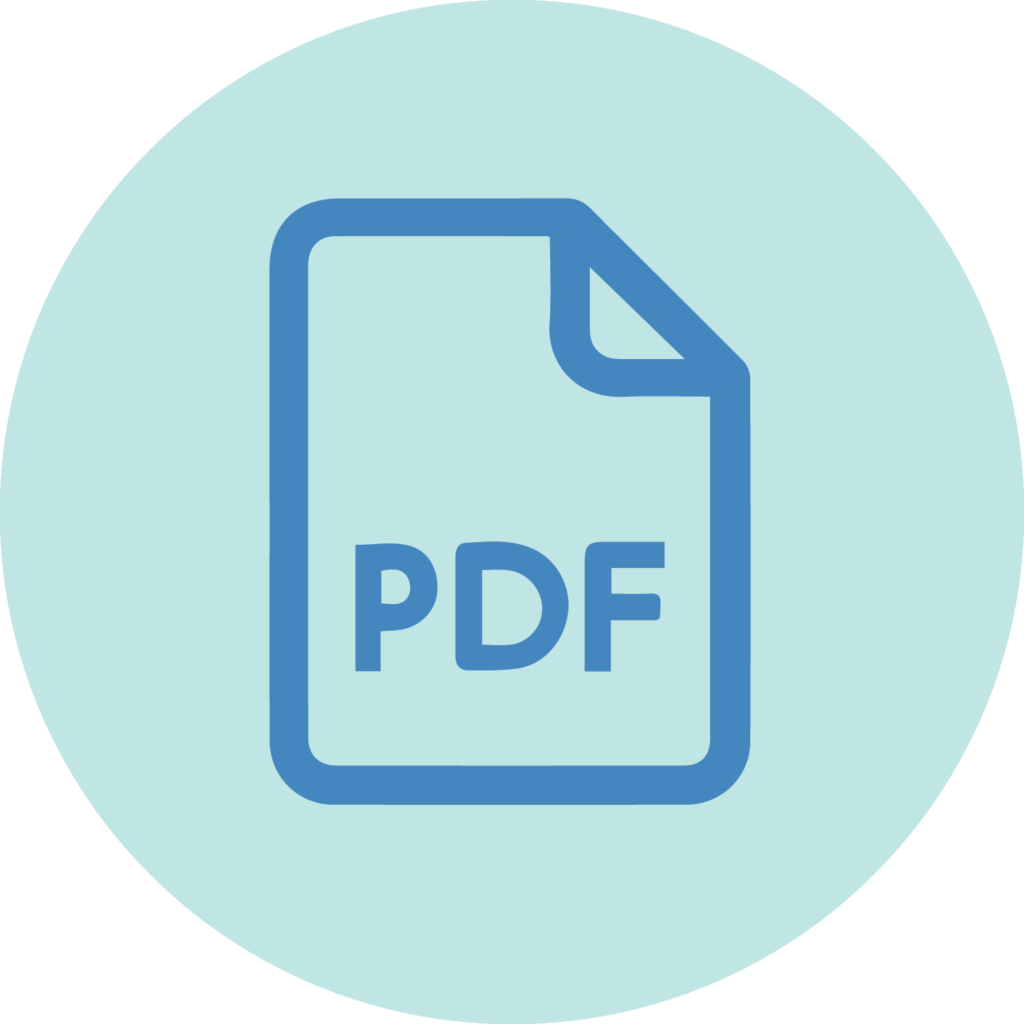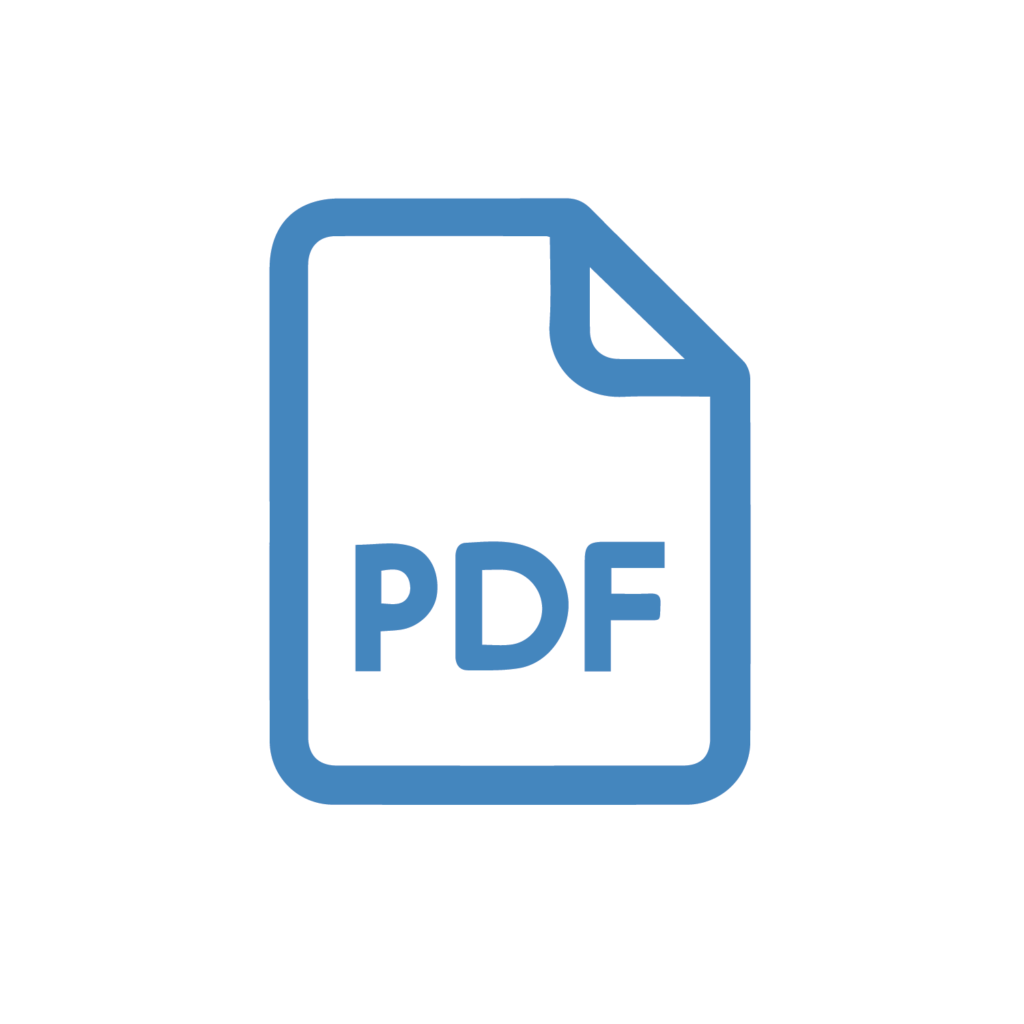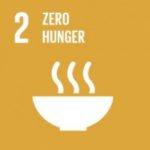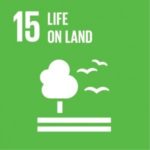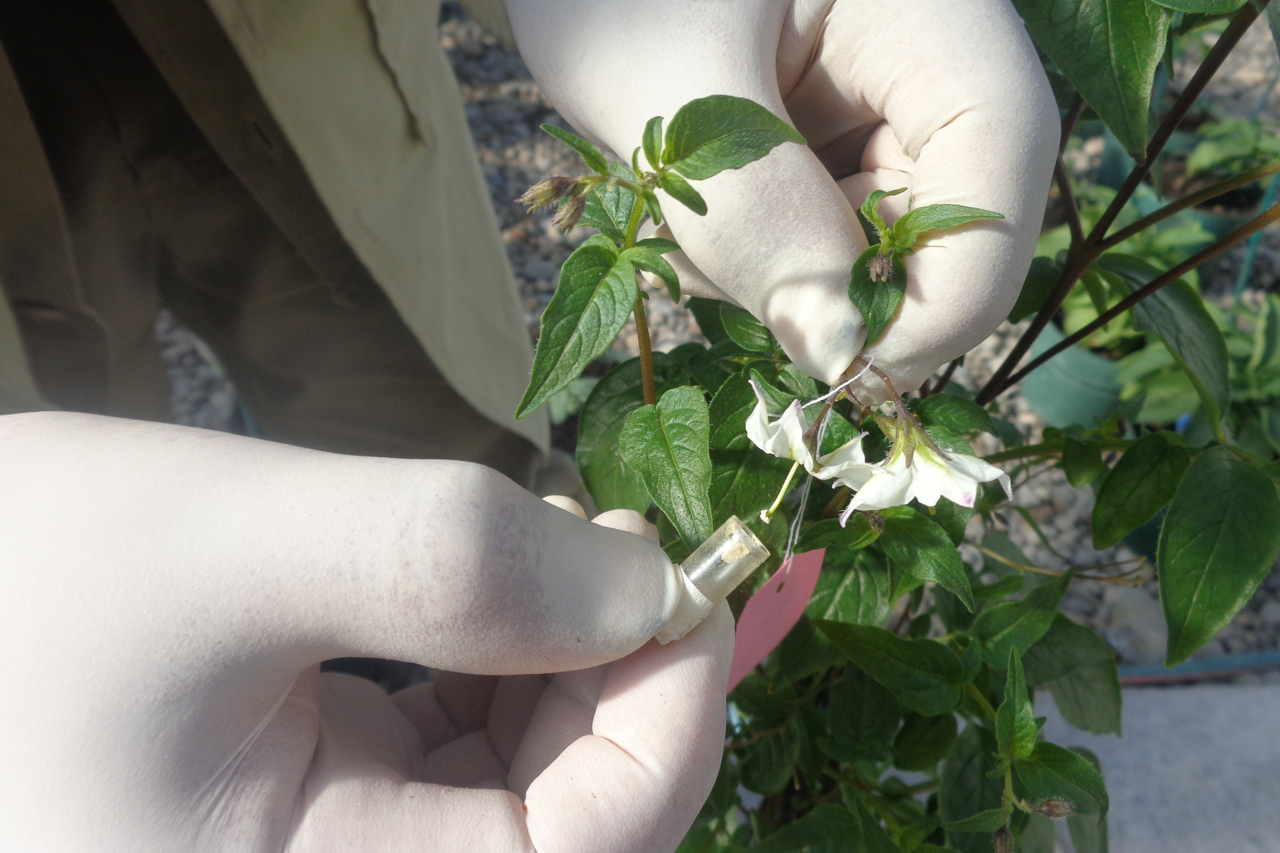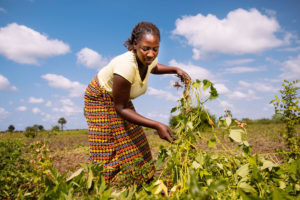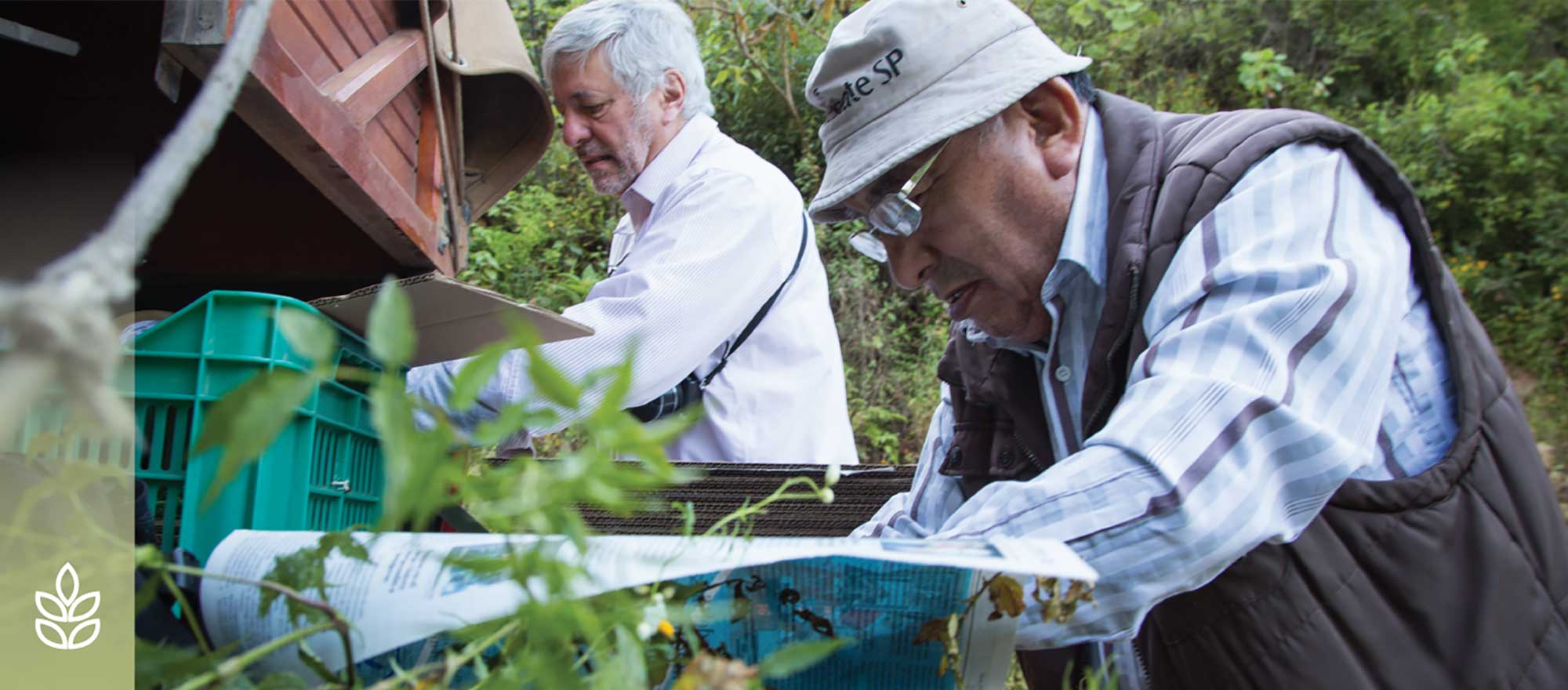
Potato has 155 wild relatives growing in varied ecosystems across the Americas, from highland cloud forests to coastaldeserts, where they have evolved to withstand diseases and harsh conditions.
Most of those species produce tiny, inedible tubers, but their genetic diversity holds opportunities for breeding more resilient potatoes. Yet, as scientists try to tap that potential, many wild potatoes are threatened by the expansion of farming, industry and infrastructure, growing urbanization, and changing climates.
Crop breeders at the International Potato Center (CIP) have long used wild species to improve potato varieties. Four years ago, they began crossing wild and cultivated potatoes to produce offspring that combine heat and drought tolerance with resistance to the most important diseases affecting the crop—threats that will grow as global warming advances. Conservation of our agrobiodiversity is increasingly urgent as lost diversity diminishes our potential to adapt to the climate change.
To ensure that enough wild potato diversity is conserved for current and future needs, CIP and Peru’s Instituto Nacional de Innovación Agraria (INIA) undertook a series of collection trips in 2017-18 to fill genetic gaps in the CIP Genebank collection.
Scientists ventured widely across the center of potato diversity in Peru, which has 80 wild potato species and approximately 3,000 cultivated landraces. Collecting 337 samples of 45 species often meant digging up and transferring plants to greenhouses, so they produced flowers, tubers and seeds for their long-term preservation. The genebank now safeguards 2,338 accessions of 140 wild potato species in trust for humanity using the latest technologies.
The collection forays were organized by former CIP Genebank head David Ellis with Cinthya Zorrilla and Rosa Angelica Sanchez of INIA’s genetic resources and biotechnology department. They benefited from the knowledge of retired CIP agronomist Alberto Salas, who has collected potato wild relatives in 16 countries and discovered about 20 species.
“The potential of the wild relatives is immense. They hold the geneticresistance to the diseases that affect potato, as well as tolerance of freezing, heat or drought,” Alberto said.
He noted that species in Central America and Mexico have high resistance to late blight—the most destructive potato disease—whereas those native to Peru’s dry coastal region tolerate drought and saline soils.
While some of those traits have been successfully transferred to cultivated potato varieties, the many differences between wild species and edible potatoes present challenges for crossbreeding. Wild potatoes also have undesirable traits such as bitterness that often transfer to cultivated potatoes in the initial cross and must be removed through subsequent crossing and selection. In 2018, researchers evaluated the disease resistance of wild species and hybrids produced by earlier crosses. They also began working with Peruvianfarmers to select the best of those potatoes in terms of production and flavor, for possible release as varieties in Peru and sharing with breeding programs in Africa and Asia.
These efforts should result in the release of climate-smart potato varieties in the coming years, but they have only involved a small fraction of the wild potato species preserved in genebanks. Evaluating and harnessing the genetic diversity of these species, most of which have hardly been studied, could be key to enabling future generations of potato farmers to overcome environmental challenges that we can hardly imagine today. The potato and its wild relatives hold a wealth of untapped potential for improving food and nutrition security in the near and distant future.
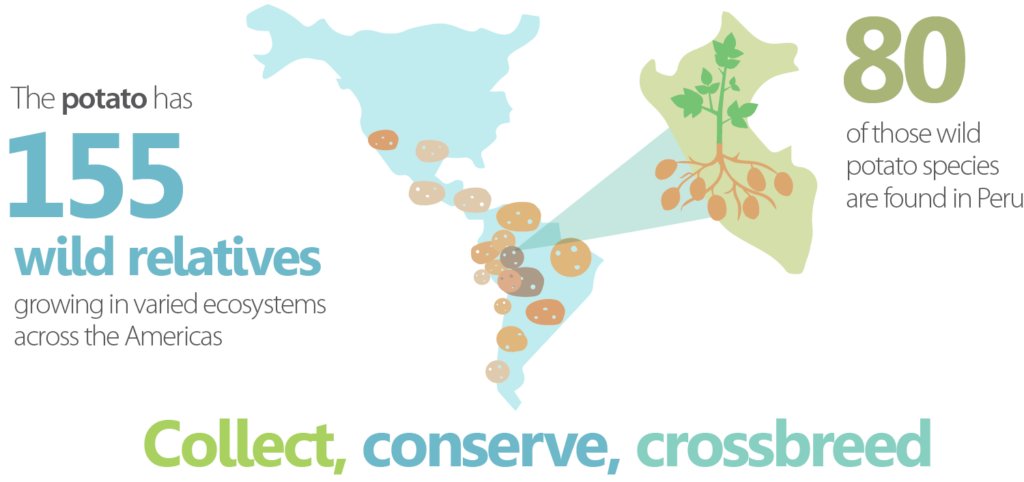



Funder: Norwegian Agency for Development Cooperation (via the Global Crop Diversity Trust); Organization of the Petroleum Exporting Countries Fund for International Development.
Key partners: Instituto Nacional de Innovación Agraria, Peru; Global Crop Diversity Trust; Royal Botanical Gardens Kew.
Associated CGIAR Research Program/Platform: Roots, Tubers and Bananas; Genebank Platform.

